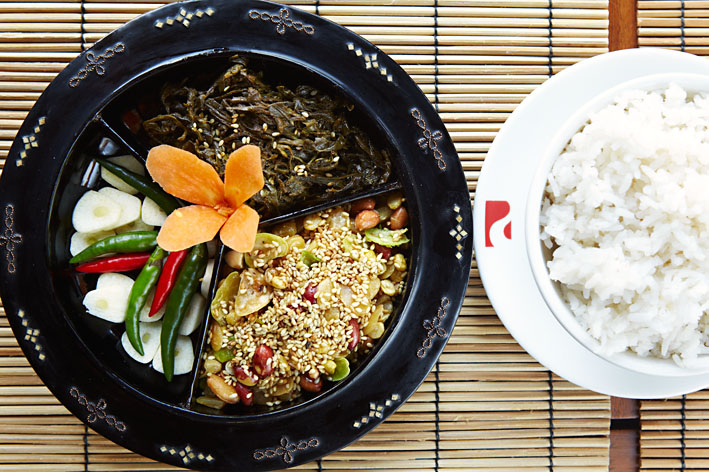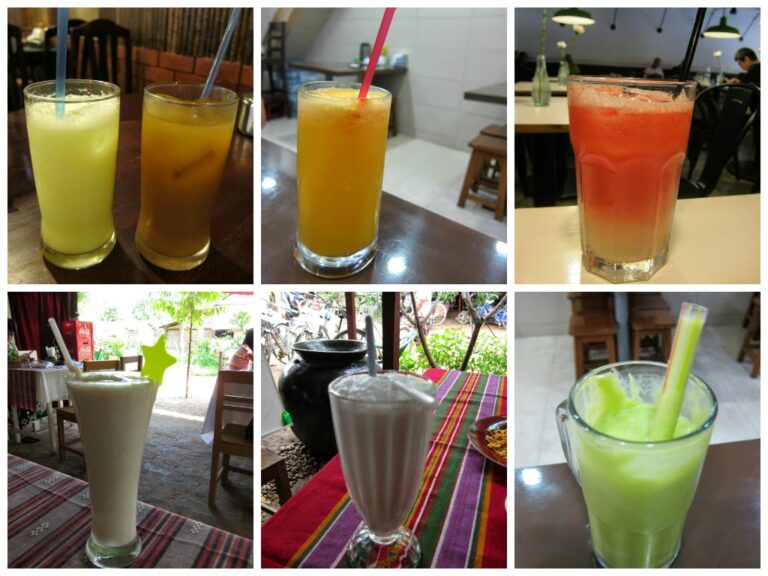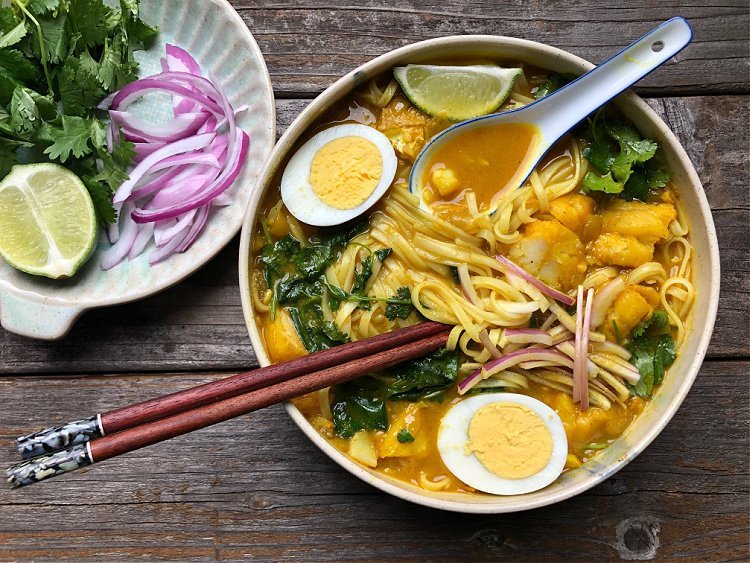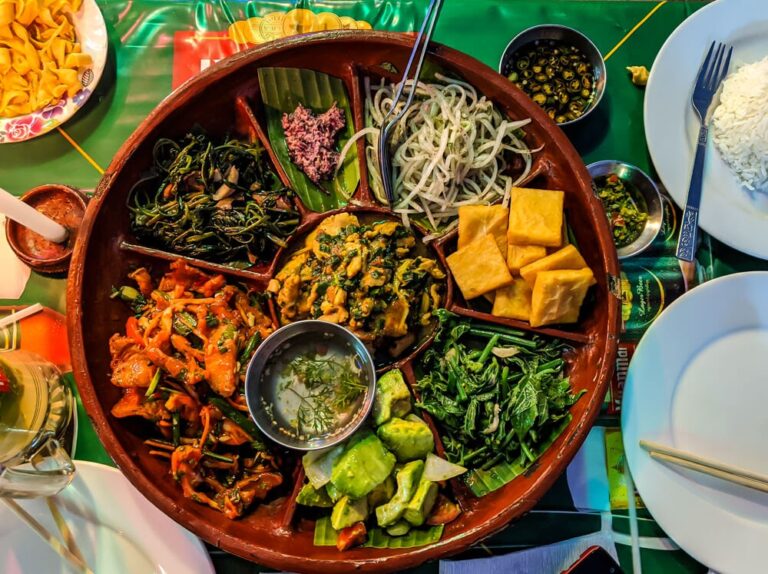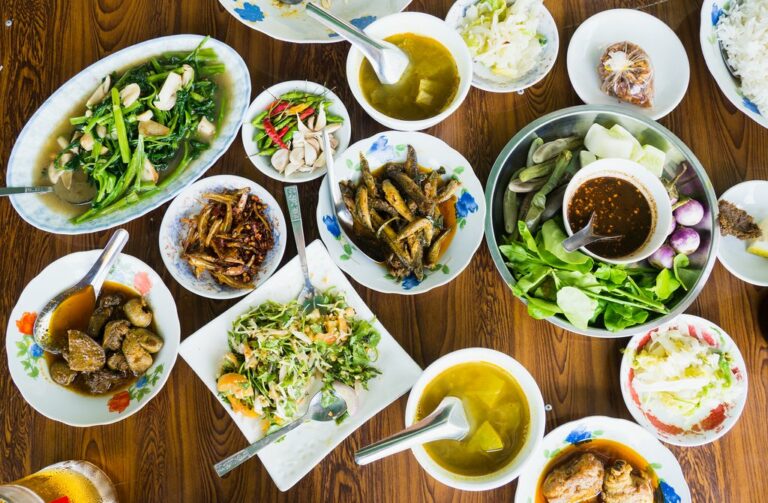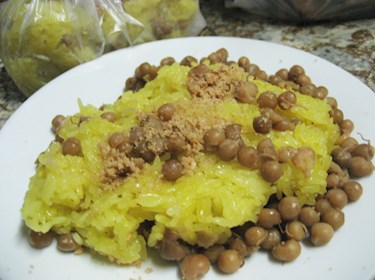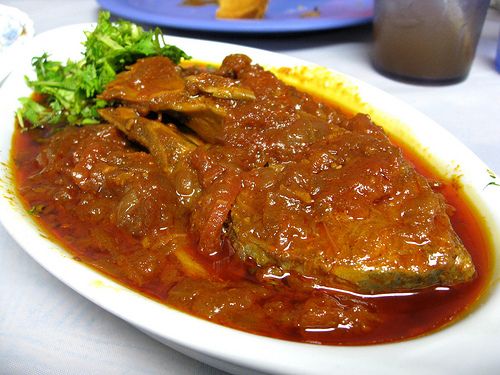Introduction to Myanmar Cuisine
Myanmar cuisine is a blend of various flavors and cooking styles that reflect the country’s diverse cultural and geographical influences. It is characterized by its use of fresh herbs and spices, as well as a variety of vegetables and seafood.
Influences on Myanmar Cuisine
Myanmar’s cuisine has been influenced by its neighboring countries, including India, China, and Thailand. Its location on the Bay of Bengal also means that it has been influenced by the cuisine of Southeast Asia. The country’s history of being a British colony also resulted in the inclusion of some Western dishes.
Staple Ingredients in Myanmar Cuisine
Rice is the staple ingredient in Myanmar cuisine and is often served with a variety of curries and stews. Other popular ingredients include fish sauce, garlic, ginger, and chili peppers. Herbs such as lemongrass, basil, and mint are also commonly used.
Popular Myanmar Dishes
One of the most popular dishes in Myanmar is Mohinga, a fish noodle soup that is often eaten for breakfast. Other popular dishes include Curry, which is made with a variety of meats and vegetables, and Shan Noodles, a noodle dish with a spicy sauce and vegetables.
Regional Variations in Myanmar Cuisine
There are many regional variations in Myanmar cuisine, with each region having its unique culinary traditions. In the Rakhine State, for example, seafood is heavily featured in dishes, while in the Shan State, noodles are a staple.
Unique Characteristics of Myanmar Cuisine
One unique characteristic of Myanmar cuisine is its use of fermented tea leaves in salads. Another is the use of ngapi, a type of fish paste that is used as a condiment and flavoring agent in many dishes. Myanmar cuisine is also known for its use of sour and bitter flavors, which are achieved through the use of tamarind and other souring agents.

